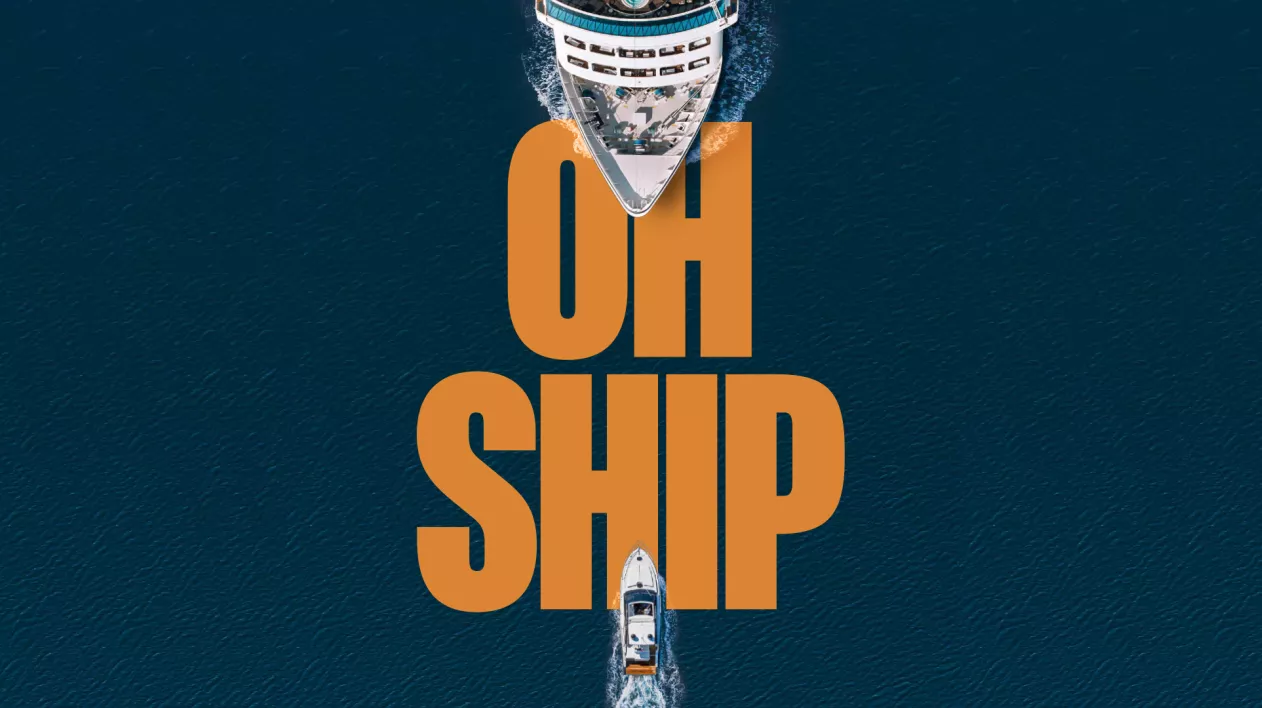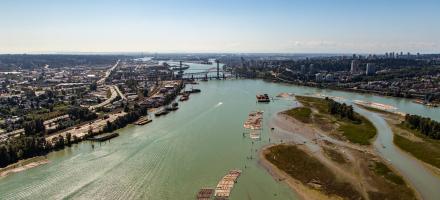
Our region is home to Canada’s most picturesque waterways but it’s also home to Canada’s largest port – where countless recreational users share the space with approximately 3,000 deep-sea vessels that visit the Port of Vancouver each year.
Navigating these busy, shared waterways requires extra care. Before you head out on the water, remember to stay alert and be aware of marine traffic rules, as well as what hazards to watch out for. This includes following special speed zones and knowing how to act around large ships, tugboats, and other commercial vessels. It’s serious ship.
Help us keep the waterways safe for yourself and others by reviewing our safety tips on how to look, listen, and act while boating or paddling.
Look
- Watch out for larger vessels: large, deep-sea vessels have limited visibility – don’t assume they can see you
- Never cross a tugboat and its tow: tow cables are often submerged and not visible
Listen
- Listen for aircraft: float planes landing and taking off need plenty of space
- Attend to signals from other vessels: five or more short blasts of a ship’s whistle means “danger – stay clear”. Monitor VHF 16 and 12
Act
- Be prepared to move out of the way: large, deep-sea vessels can’t move quickly, especially in narrow channels. Even if you have the right-of-way, you must yield to them
- Report incidents: contact our Port Operations Centre at 604.665.9086. In an emergency, and to report impaired boating, call 911
For more information on the unique safety considerations for boating or paddling in Burrard Inlet or the Fraser River, check out our safe boating guides on our marine recreational activities page.


